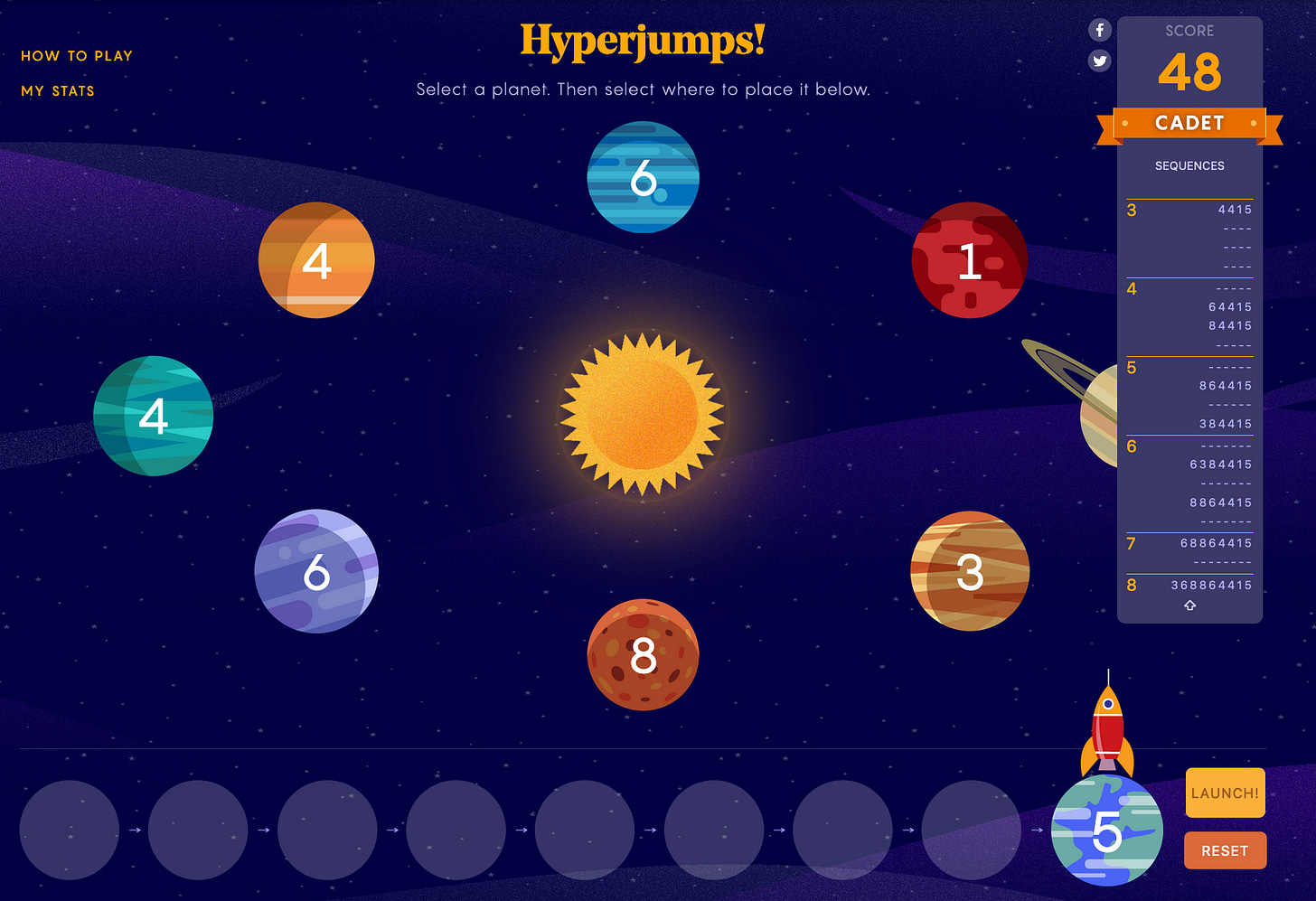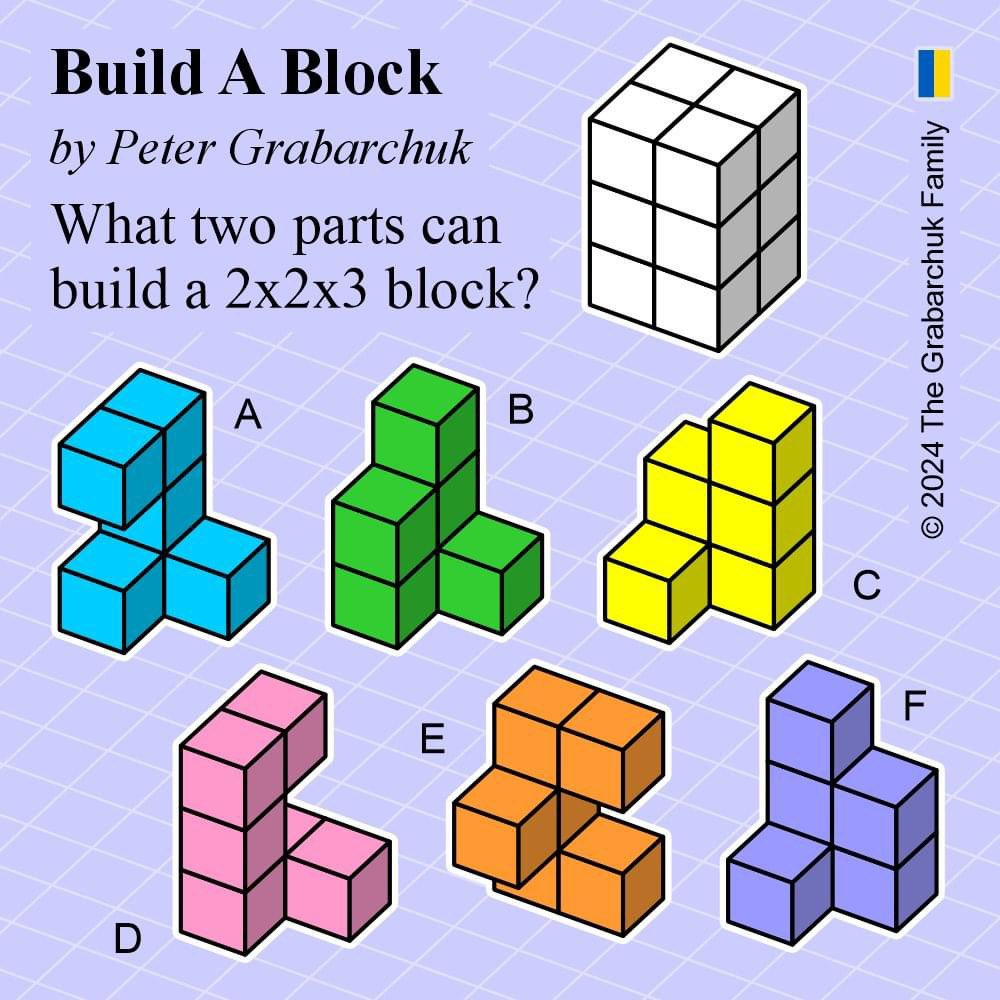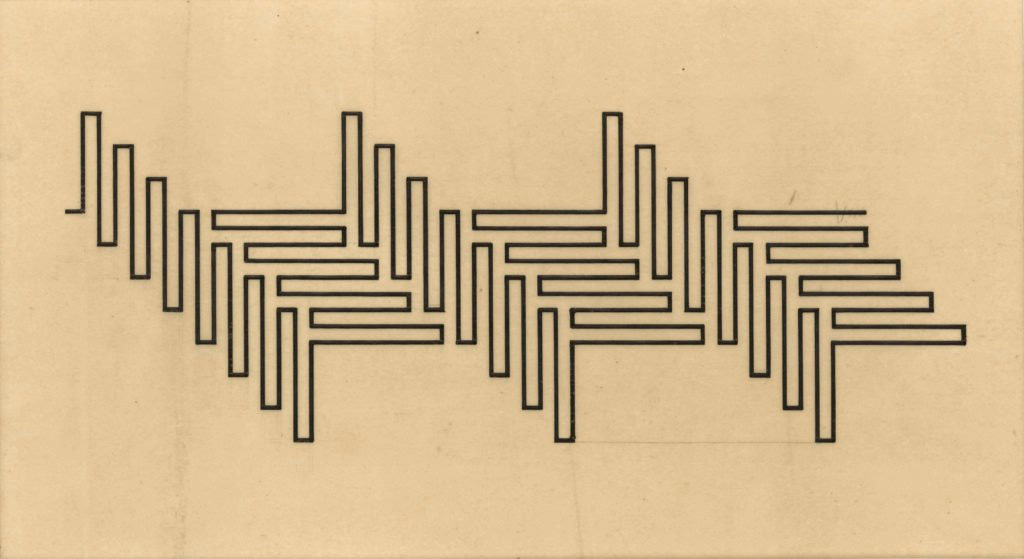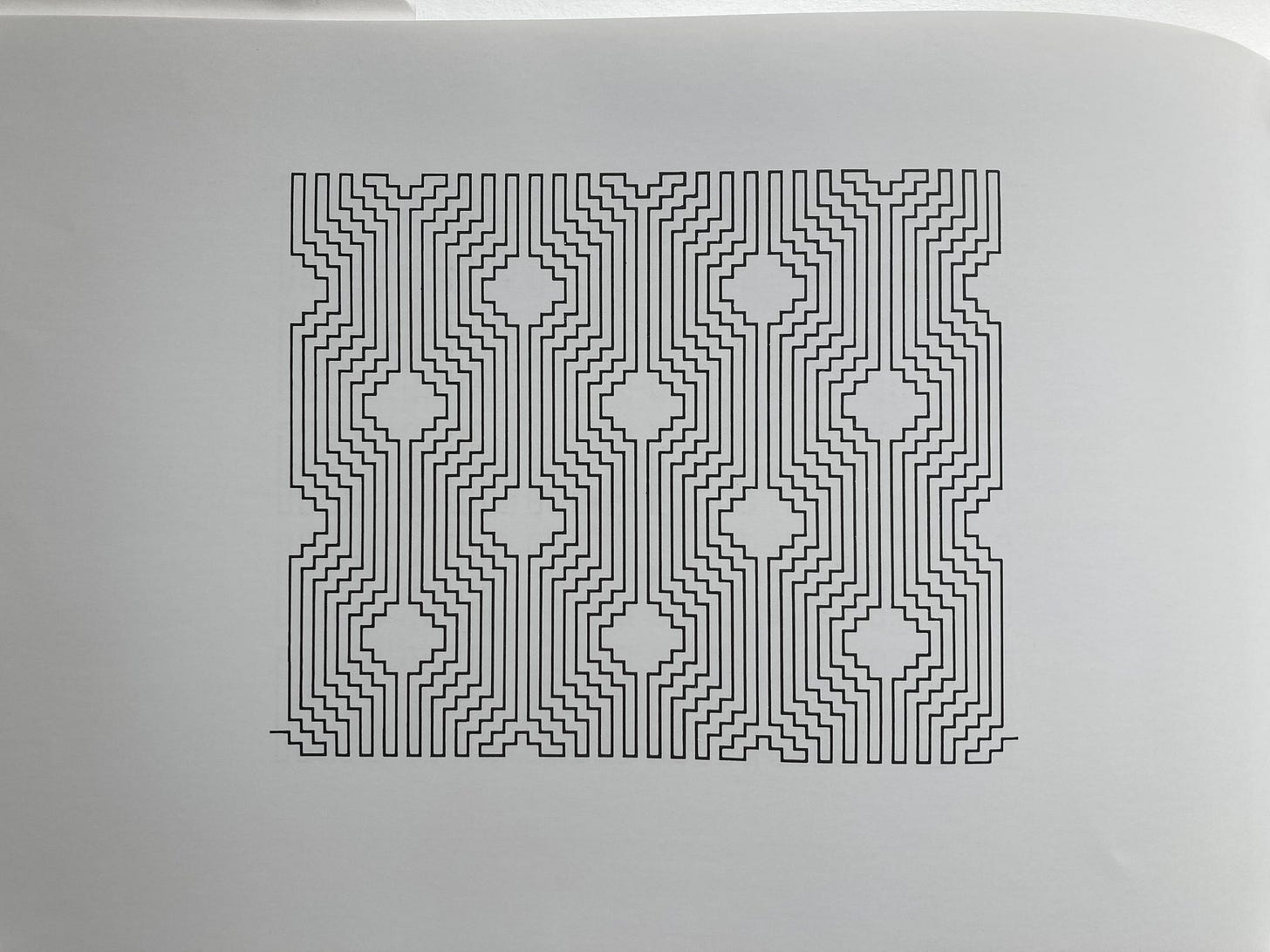Hey there,
Recently, I discovered Mathemapolis, Lola Morales’ amazing design of a mathematics city is full of mathematical illustrations, characters, and objects. You can download it in A2 size and display it in your school.
❁❁❁
Jaane Jaan is a 2023 Indian-language movie that you can view on Netflix. The mystery movie is an adaptation of a Japanese novel The Devotion of Suspect X by Keigo Higasino. Having read the book a few years back, I watched the film with excitement. To my surprise, the movie came up to be a very nice adaptation of the book. Why watch it? The main character is a mathematics teacher who uses mathematics to hide a crime. The crime is a desperate act by a single mother to protect her daughter from the abusive father. The brilliant teacher finds himself in a situation where he needs to cover the truth for the greater good. Here is one of my favorite quotes:
“For any given problem, we should either find the solution ourselves or accept a solution presented by someone else.”
And another one on critical thinking and problem-solving.
"Tunnel vision is no way to make it as a researcher. Your assumptions are your worst enemies. Trust them too much, and you'll fail to see what's right under your nose."
❁❁❁
Quanta Magazine has a new daily math challenge: Hyperjumps! I enjoyed playing it. It can be the new Wordle for the math lovers.
❁❁❁
If you like poetry, then check this poem: Midlife Calculus by Britt Kauffman.
Math Eyes: The Tree of Life by Yann Arthus-Bertrand

At the intersection of the paths, the tree earnestly gives shade to wild animals.
❁❁❁
Curious Puzzles:
Imagine a town of 20,000 people. Some residents have only one leg, while others don't wear shoes at all. If 5% of the population has one leg and half of the remaining residents go barefoot, how many sandals are worn in the town?
Arrange six nines in such a way that they add up to 100. You are not allowed to use +.
Answers for the Puzzles from the previous issue
B and E
30 triangles
❁❁❁
Proofs Without Words
Sum of arctangents formula
❁❁❁
Math in Action
A new study from the University of Eastern Finland looked at how young children's feelings about and confidence in math change over the first few years of school. While kids often start school excited about math, the study found that these positive feelings tend to decline over the next three years. The research followed nearly 300 children for three years to track these changes.
❁❁❁
NCTM announced their position on Artificial Intelligence and Mathematics Teaching.
Artificial Intelligence (AI)-driven tools can respond to students’ thinking and interests in ways that previous tools could not. By drawing from large language sets, AI has the potential to adjust application-based problems to student interests and identify the sense students have made even in their incorrect answers. Students will continue to need teachers’ mathematical, pedagogical, and relational expertise, though teachers are also likely to benefit from AI-driven tools. In some cases, AI may serve as a teaching assistant, but students will need teachers to help them create a bridge between prior knowledge, new knowledge, and shared knowledge. Teachers must tell students to be very skeptical about AI results, especially about the unique challenges of using tools that may have been trained on biased datasets. This skepticism can be woven into existing pedagogical and assessment techniques. Knowing this, educators need to be involved in developing and testing AI tools in math education to stay up to date with current AI trends to best prepare students for an AI future. Contrary to some popular opinions, this effort will require teachers with even deeper knowledge of math instruction and assessment—math teachers with more experience, not less.
So they say that AI cannot replace teacher’s expertise. And teachers’ guidance becomes more important now. Students are advised to be skeptical of the AI results.
❁❁❁
Researchers from Cambridge University, Princeton and the Max Planck Institute for Empirical Aesthetics, have discovered that Pythagoras was wrong on his opinion of musical ‘consonance’. He thought that pleasant-sounding combinations of musical notes are produced with basic integer ratios.
They found that humans do not actually prefer chords to be perfectly in these mathematical ratios. According to Science Daily, slight amount of deviation from the mathematical patterns are preferable. Moreover, their study reveals that musical culture and local instruments from different parts of the world challenge Pythagoras’ ideas on harmony.
❁❁❁

This article from Quanta Magazine explains how a special type of pattern, called a Penrose tiling, can be used to protect information in quantum computers. Their never-repeating structure helps keep quantum information safe, similar to how error correction codes work in regular computers. Interestingly, both aperiodical tiles and error correction codes share a similar feature: just by looking at a small part of the whole system, you cannot understand what the entire system is like.
❁❁❁
What is going on in this graph?
Humans have drastically changed the mammal landscape. Wild mammal populations have shrunk by a staggering 85% since humans arrived. Today, humans and our livestock dominate the mammal kingdom in terms of biomass (total weight). Wild mammals only make up 4% of the mammal kingdom, while humans alone account for a third, and our livestock makes up the remaining two-thirds. This means cattle alone weigh nearly ten times more than all wild mammals combined!
❁❁❁
Math Art: Wacław Szpakowski (1883-1973)
❁❁❁
Mathemania
—Did you hear about the mathematician who’s afraid of negative numbers?
—He’ll stop at nothing to avoid them.
—What do you call a teapot of boiling water on top of a mountain?
—A high-pot-in-use. (from Tanya Khovanova)
❁❁❁
This is the end folks!
I hope you enjoyed the Math Intercept.
See you the next time!














